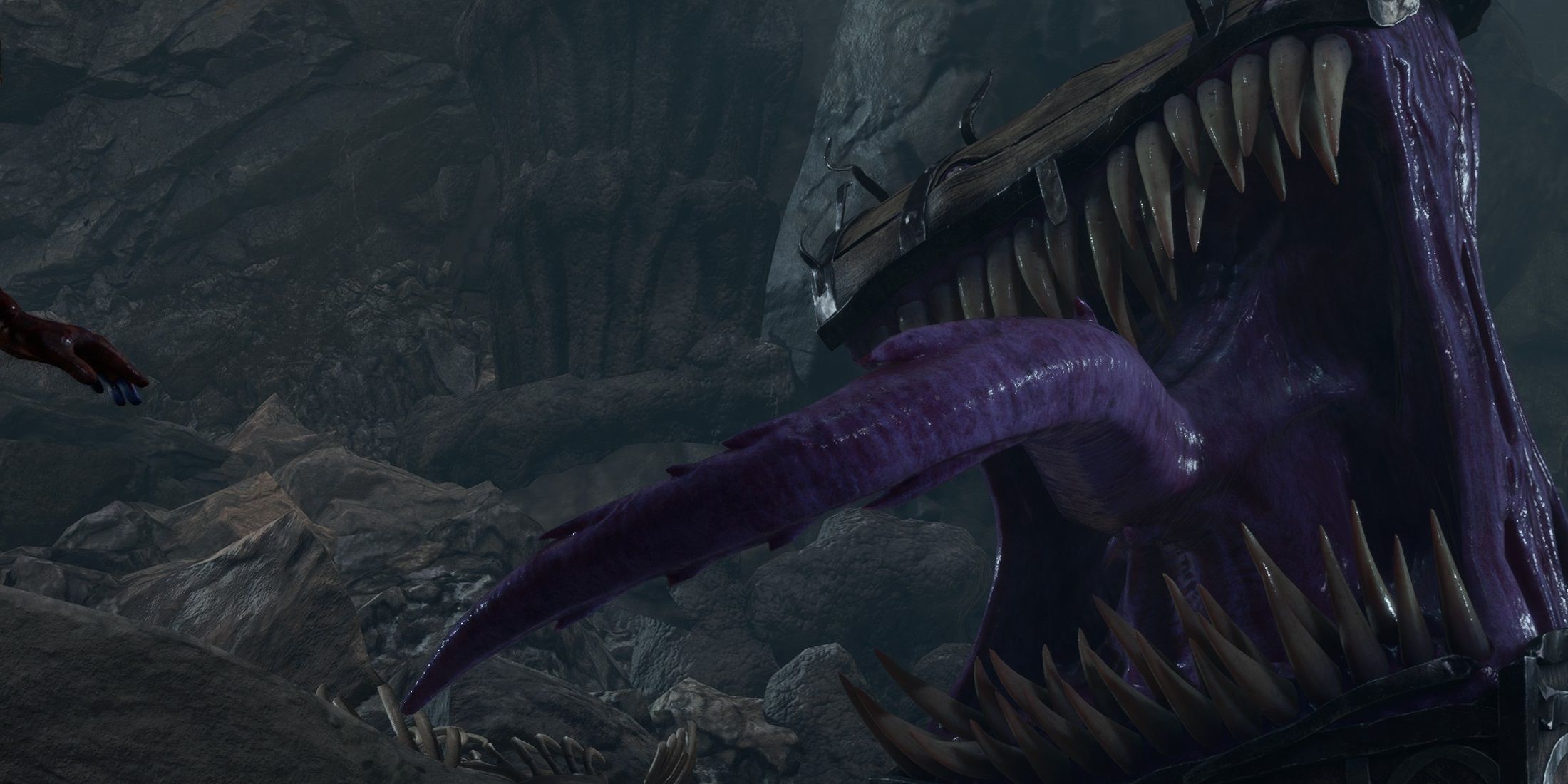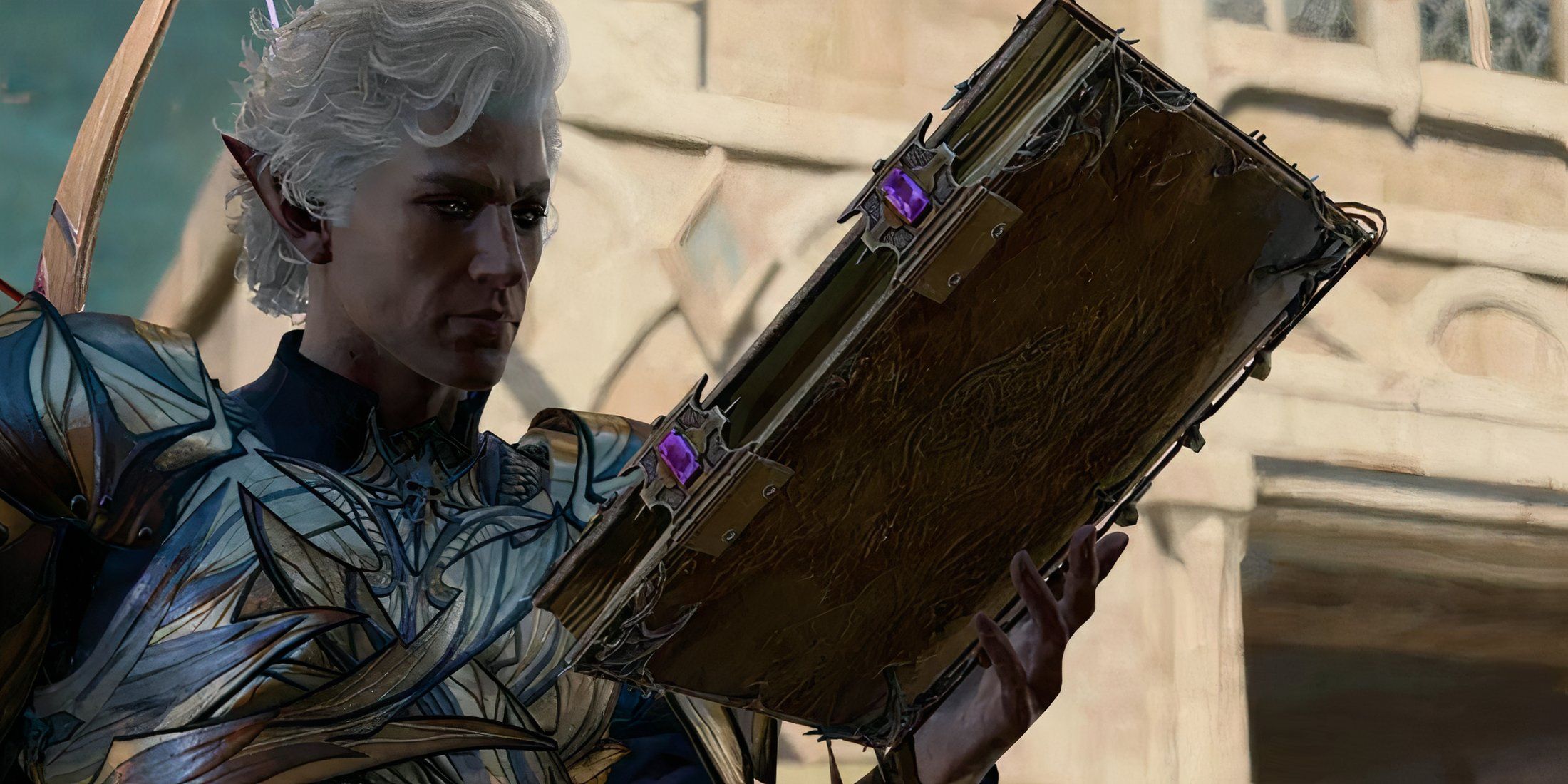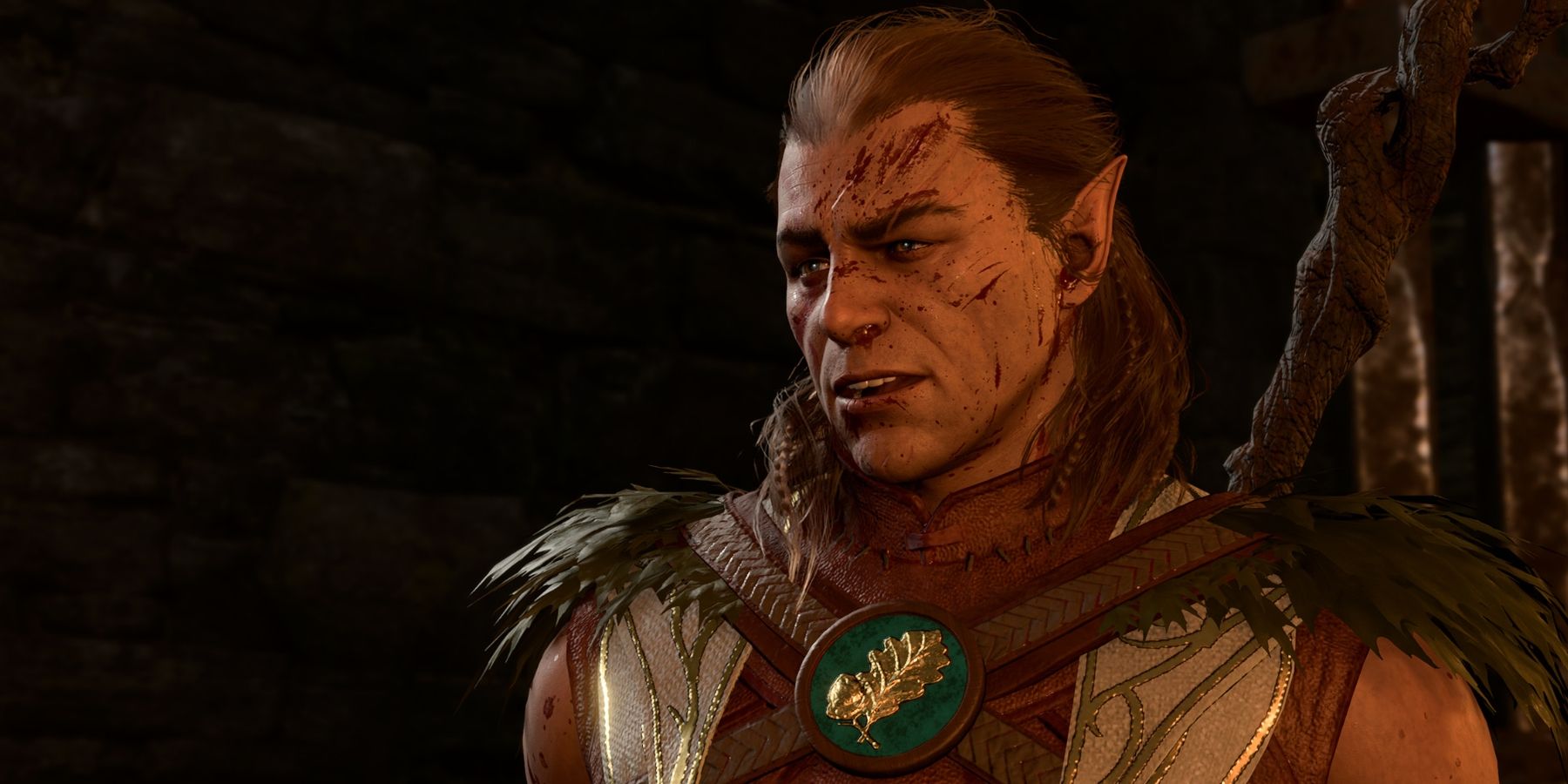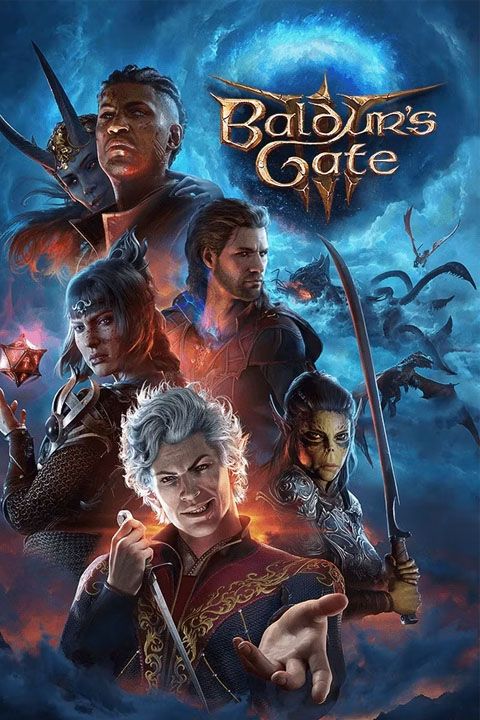Highlights
- Baldur's Gate 3 closely emulates Dungeons and Dragons' positive traits, but it faces similar drawbacks like party size issues.
- The ideal D&D party size is 3-5, but BG3 has 10 companions, causing management difficulties and neglect of certain characters.
- Players can mitigate the problem by roleplaying recruitment choices, respeccing characters, and hiring others to balance the party, though it
Baldur's Gate 3 is based on the same rules and systems as Dungeons and Dragons, and players familiar with the tabletop RPG are likely to draw parallels in their experiences while playing the two games. Those who enjoy both Dungeons and Dragons and Baldur's Gate 3 have obviously called attention to how Baldur's Gate 3 improved on mechanics and systems in Dungeons and Dragons, as well as how it also closely emulates the experience of playing a TRPG even in single-player mode. However, this also includes some of Dungeons and Dragons' drawbacks. One of the most noticeable, especially in Acts 2 and 3, is having a party that is too big.

Baldur's Gate 3 Makes a Great Argument for Reviving an Old Dungeons and Dragons Class
Baldur's Gate 3 has catapulted an already popular monster into greater fame, one that could inspire the revival of a forgotten class.
Ideal Numbers in Baldur's Gate 3
Campaign Numbers in Dungeons and Dragons, BG3 Compared to Other RPGs
The ideal party size for a Dungeons and Dragons campaign is 3–5 players; any more than five results in a campaign that's difficult to manage and players that get overlooked. Baldur's Gate 3 has a whopping 10 companions, which is well over the ideal party size for a Dungeons and Dragons campaign. While CRPGs like Baldur's Gate 3 usually include groups of companions that number ten or even more, the nature of Baldur's Gate 3 as more reliant on Dungeons and Dragons' storytelling and mechanics makes it so that some companions feel lost in the mix.
Other CRPGs with large parties, such as BioWare's Dragon Age and Mass Effect, have quests that focus on each individual character in the form of Loyalty Missions or companion quests. While Baldur's Gate 3 does include companion quests, not all of them are as in-depth as the others, and the extent of the companion's quest largely depends on their connection to the broader plot. For example, Shadowheart's personal quest takes up much of Act 2 and coincides with Baldur's Gate 3's main story. Shadowheart's story continues in Act 3, making it necessary to have her in the party for much of Act 2 and parts of Act 3, taking up an entire party slot for a large part of the game.
Too Many Companions in Baldur's Gate 3
Why Too Many Companions is a Problem and Possible Solutions
This becomes a problem when there are at least six other companions, and players who want to recruit everyone will have at least eight companions by the middle of Act 2. This makes managing the party incredibly difficult, as certain party members need to be present at certain trigger points for their own stories to trigger, while others remain neglected at camp for entire Acts of Baldur's Gate 3. When Jaheira and Minsc join the party in Act 3, the problem is compounded, as there is very little time left to get to know them.
Some players have tried to mitigate this by simply not recruiting all the available companions in a single campaign. Rather than approaching it like a BioWare game, they instead roleplay which characters they think the player character would be most likely to recruit in the quest to remove the tadpole. Doing so means having fewer people at camp and closes off some storylines, but it also means there's less pressure to micromanage a small crowd of people.
With all the respeccing options available to all party members, as well as the ability to hire others to make up for any gaps in the party, it's definitely a viable strategy. While DMs can't just kick people out of their campaigns in real life, the issues Baldur's Gate 3 players have been facing are a good reminder to keep a party campaign to a manageable size so that everyone can be included at the table.




